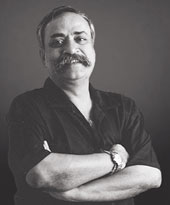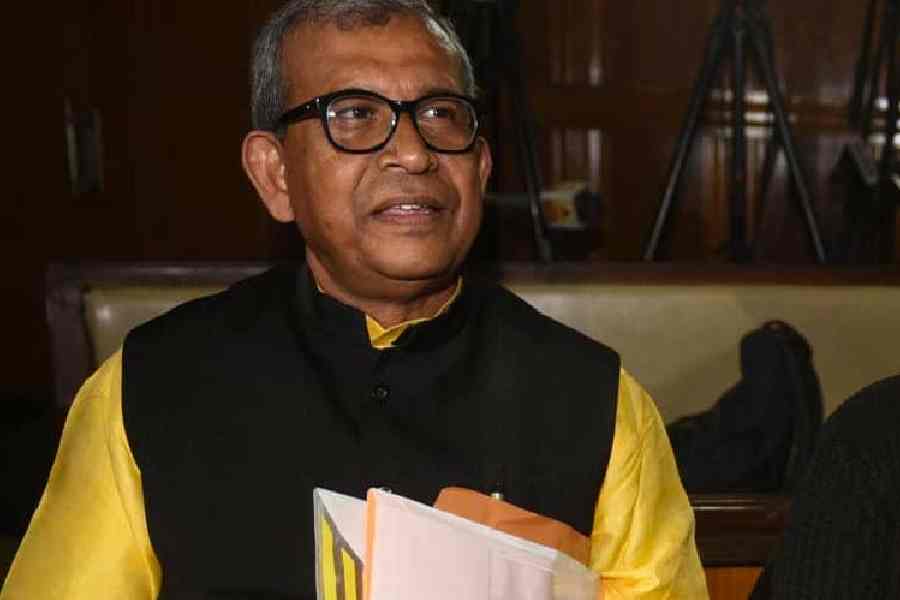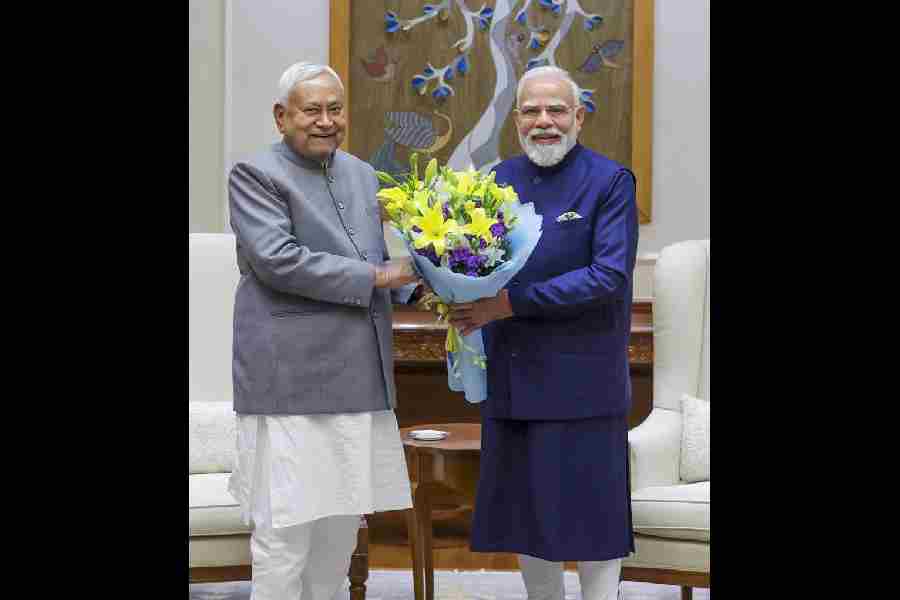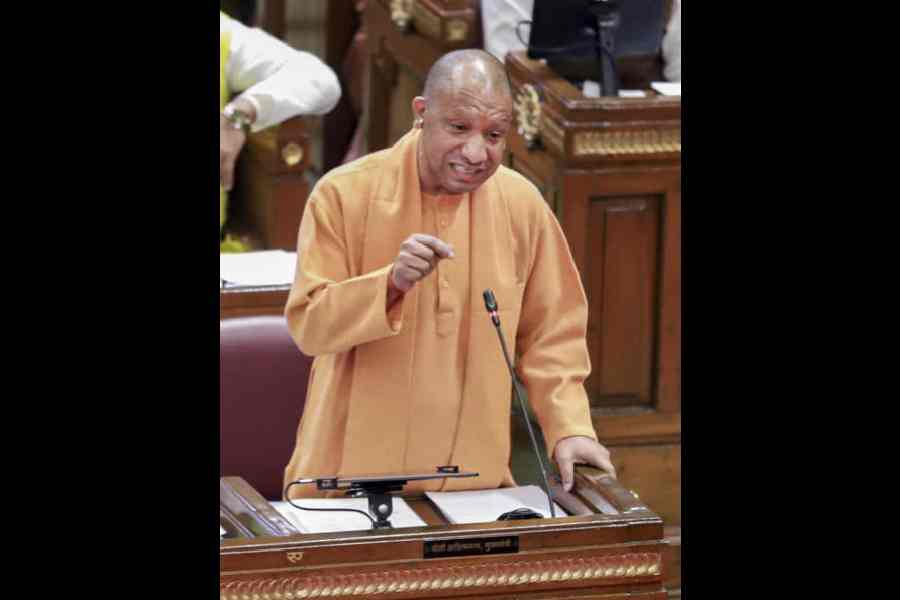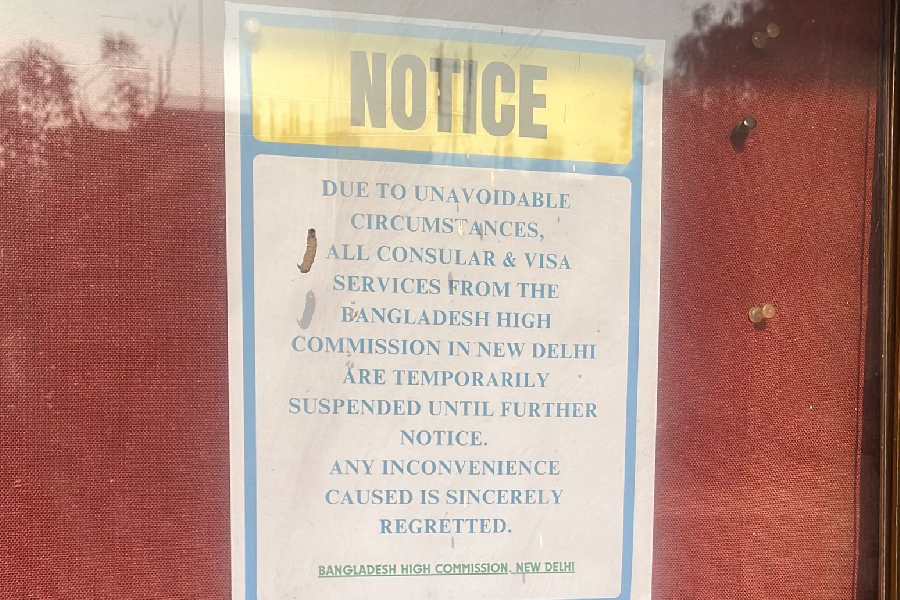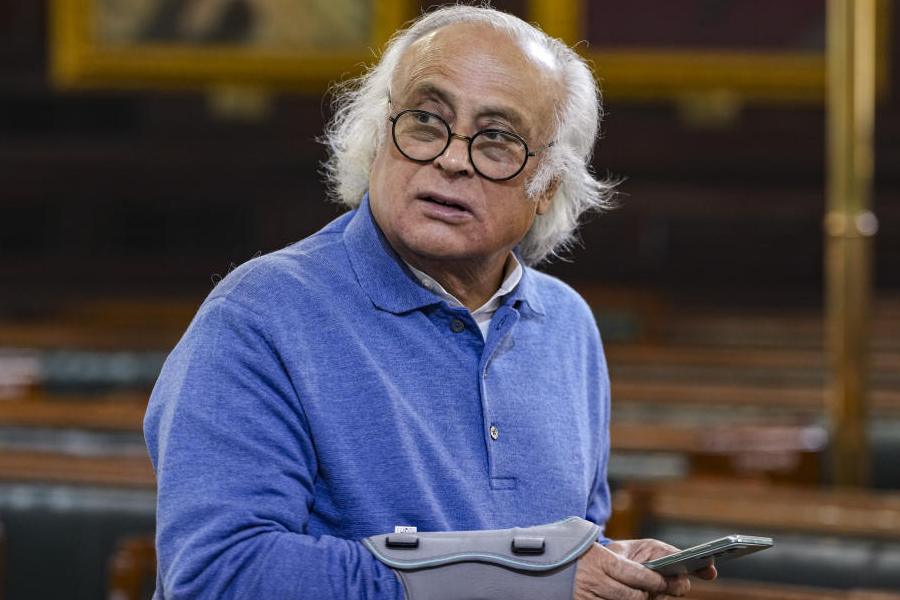 |
Piyush Pandey, executive chairman and national creative director of Ogilvy & Mather (O&M), wears the mantle of king of language advertising quite easily. He chooses to put his success in a rather humble fashion: “I was at the right place at the right time.”
The right place was at O&M 23 years ago. When he joined the agency in 1982, he was just another busybody in the client-servicing cell. However, the walls dividing the creative and client servicing divisions were not unbreachable and, in the absence of language writers, Pandey got the chance to do a campaign on Sunlight. He did not realise it then, but he was poised to bring about a creative renaissance.
The former chief of O&M, the late Suresh Malik, gave him the opportunity to write the lyrics of Mile Sur Mera Tumhara in the Eighties. And the rest, as they say, is history. “Mile Sur almost became a second national anthem,” remembers Pandey.
He continued in the client-servicing department in the agency, and worked his creative magic in his free time. “When you are driven by a passion, time and place do not bind you down,” says he. “I slept less and continue to follow that routine till today. I wake up at the crack of dawn and sit with a notebook on my balcony for a couple of hours everyday. That’s the exclusive time between me and my thoughts.”
Riding both horses could not continue forever. Following the success of Mile Sur, Pandey was plucked out of client servicing and permanently planted in the creative department. As he reminisces with some amusement, he was eventually made copy chief, Indian languages. “It was the first time that such a designation was created,” he says.
Soon after assuming this position, he came up with the Chal Meri Luna campaign. People associated with it and the ad found favour with the juries of several awards. Similarly, the Asian Paints and National Literacy Mission campaigns brought kudos to the agency. The Kuch Khaas Hai signature line for Cadbury’s almost became the motto of the brand in 1994.
Pandey now basked in the warm glow of the limelight. He had brought to advertising what Hindi cinema and traditional folk tales had brought to the lives of Indians. Onida, Kelvinator, Fevikwik and Fevicol ads continued to build up the pitch. Says he: “I respected the audience, Indian culture and the mother tongue.”
Up until then Hindi writers had been treated like second-class citizens within the fraternity. Pandey broke that arrogance, although it helped that he could speak both Hindi and English with equal ease. Hence, there was less resistance towards him, he believes.
Over the years, Pandey has received over 400 awards. The Ad Club of Mumbai bestowed the ‘Best commercial of the century’ award on the Fevikwik ad. A few years ago, the campaign also won a Silver Lion at Cannes. But for Pandey, the ultimate moment of triumph came last year when he was pronounced president of the Cannes Print, Outdoor and Film Juries.
Despite his many successes, Pandey says that he has never worried about career plans. “But when opportunities fell into my lap I grabbed them with both hands,” he says. “I do not take myself too seriously either. I read the book but don’t follow it.
“There are no formulae for success. The trick to success is to be able to find the right balance in your mode of expression to refresh the audience. Experimentation is the key. And achieving a universal appeal is the litmus test. The Fevikwik ad, done in a south Indian language, is probably the best example of this statement. It had a universal insight, even though it was delivered locally.”
Brought up in the small city of Jaipur, with his education at St Stephen’s College in New Delhi, Pandey has the advantage of an understanding of the mindsets of diverse people. Which is why when global advertising is searching for answers to make cohesive presentations, it helps that Pandey operates in a country where every state is culturally diverse from the next.
“If you are taught to learn and respect this separateness, and if you are able to transmute these differences in your work, you are on the right track,” says he. “You will then be able to address an international audience successfully.”

